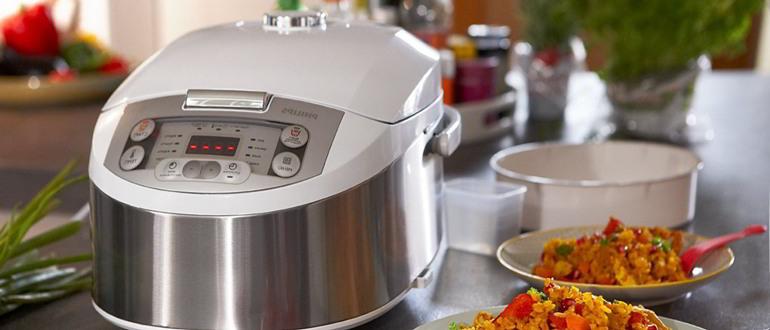Today, many people absolutely cannot imagine their life without such useful household appliances as a multicooker. It is not surprising - with its help you can cook almost any dish: borsch, pie, cake, yogurt, stew and much more. Cooking with this household appliance is easy and simple, and the result is always excellent.
Therefore, in some families, they almost completely abandon microwave ovens, ovens and stoves, preferring a multicooker. But with such intensive use, the equipment gets dirty quite quickly, so the question inevitably arises of how to wash the multicooker correctly and what details you need to pay special attention to. Our article will help to understand all aspects of this issue in which we will analyze in detail all the main points.
Content
What is required to wash the multicooker
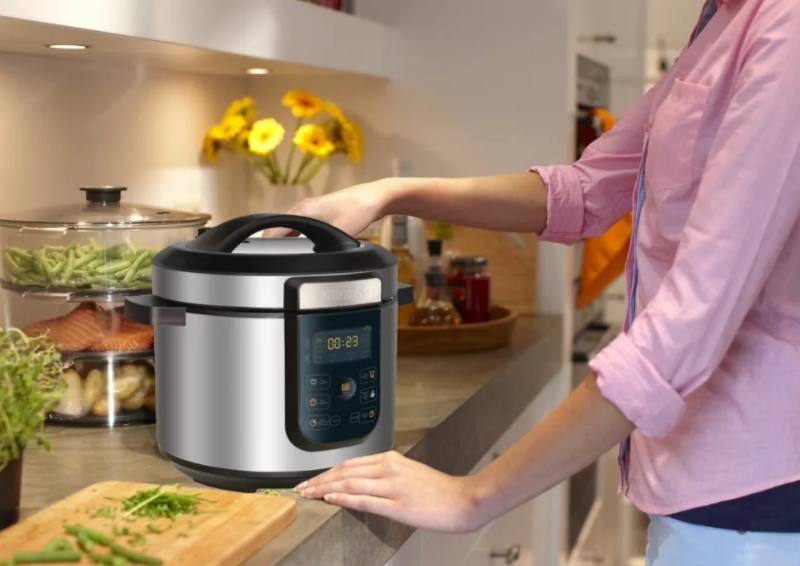
Before embarking on such a difficult job, you should select the right materials and tools for washing the multicooker. Everything is relatively simple here. Any dishwashing detergent is suitable as a detergent. It is not recommended to choose more aggressive ones - it can be very difficult to wash some parts, you will have to spend a lot of time and effort on it. Do not forget that, for example, food will be prepared in the bowl. Hardly anyone wants to have hazardous chemicals in their dinner. And for the case, it is better not to take overly caustic agents - some may well damage the plastic.
Never use powders. Using them can lead to deep scratches on plastic and metal parts, which is highly undesirable. Plastic is prone to scratches, and you need to be very careful when cleaning the multicooker bowl, made of aluminum or stainless steel. As a last resort, you can use baking soda, but be careful.
Separately, it should be said about the tools. An excellent choice is a thick foam sponge and a microfiber cloth. The use of harsh cleaning materials is not recommended - the reasons have already been described above. Knowing what products can be used to wash the multicooker, you can get to work.
What parts will we clean
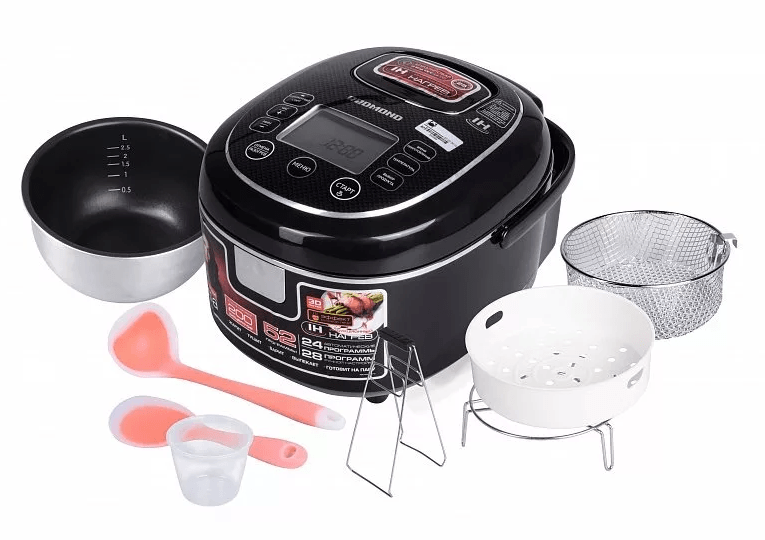
The entire multicooker consists essentially of only a few elements that need regular cleaning. First of all, these are:
- cap
- steam valve and moisture trap
- bowl
- bottom
- body
They are made of different materials, some in contact with food, while others are not. Therefore, when cleaning, you should use different substances and materials, follow different rules. Let's talk in more detail about how to clean the multicooker and each of its individual parts.
How to clean the lid of a multicooker?
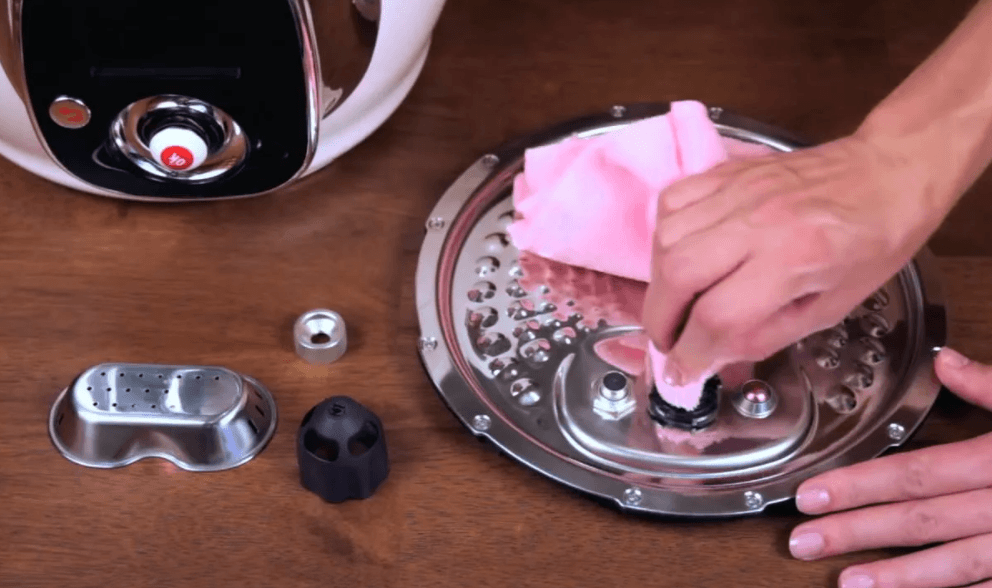
Grease and other food often gets on the lid while cooking. But if they never forget to wash the bowl, but not all owners remember the lid, many simply wipe it after cooking. And in vain - over time it becomes very dirty and you will have to wash it anyway.
It is most convenient to wash the multicooker lid if it is removed. It is enough to unfasten it from the multicooker and gently rinse it under running water using a sponge and detergent - just like when washing dishes. Therefore, experienced users always choose a multicooker equipped with a removable lid.
If it does not unfasten, this can cause certain difficulties. Water should not get on the multicooker itself. Therefore, it is worth throwing off the lid, covering the rest with cellophane and rinsing gently, then dry it - do not use it for at least a few hours, but rather a day.
How to clean the trap and steam valve
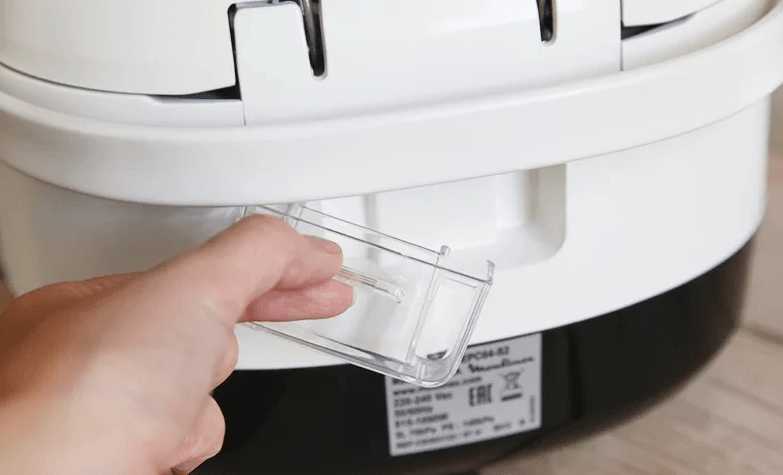
This procedure has to be repeated much more often - ideally after every cooking. After all, over time, the valve can become clogged. As a result, milk will run away or another, equally unpleasant phenomenon will happen.
Luckily, most multicooker steam valves are removable. Removing grease and other contaminants from them is easy - much like washing a cup.
The moisture trap is also most often easily removable. But it also needs to be washed. Some people believe that if it contains mainly water, then it is enough to remove it and pour out the accumulated moisture. In fact, this is not the case. This gets fat and, in some cases, food particles. So, over time, the water trap can well become a source of unpleasant odors and bacteria. Therefore, it is worth rinsing it with a sponge and detergent, and then rinsing thoroughly from soap.
Wash my cup
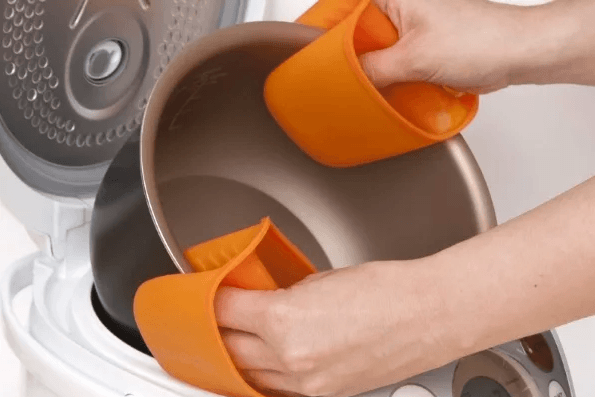
One of the most crucial moments when cleaning up. Be very careful when starting to wash the multicooker from the inside. The bowl has a non-stick coating and all food is cooked in it. The coating is quite durable, but it can be scratched with a metal brush or simply not suitable detergents, such as powders.
It is best to use special gels or liquid dishwashing soap. If food residues were not removed in time and dried up, pour water into the bowl and wait until they become soaked. Remove them carefully with a sponge. After that, degrease the sides and bottom with a sponge and detergent and rinse very thoroughly - even a small amount of soap should not get into your food.
Some users, after rinsing the bowl, leave it to flow around and dry. But it would be better to wipe it thoroughly with a microfiber cloth - there will be no streaks, and the possibility is excluded that moisture gets on the electrical contacts, disabling the multicooker.
Caring for the bottom of the multicooker
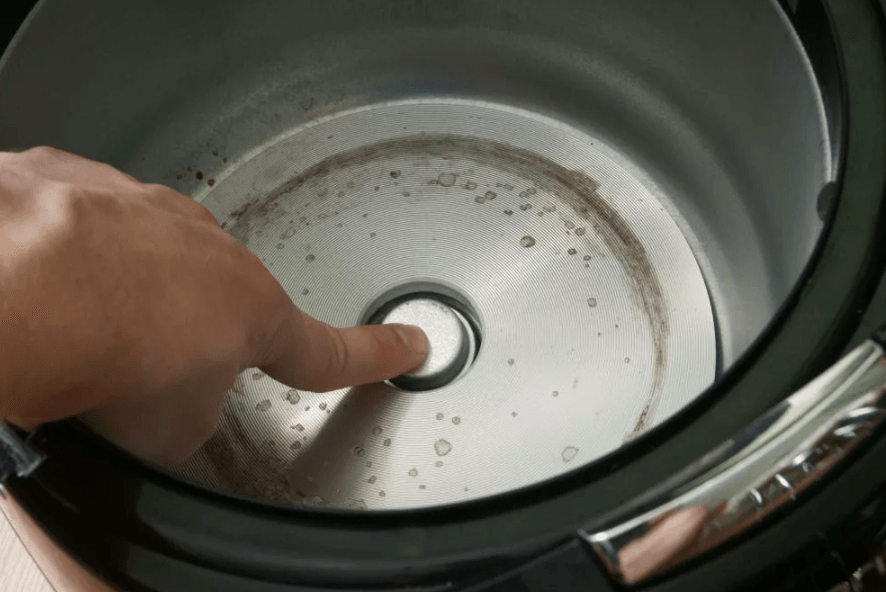
To some, this stage seems simple. However, in fact, it is he who is the most difficult. Therefore, it is especially important to know how to clean the inside of the multicooker.
It's worth starting with the fact that no water should get here. After all, there is a heating element, which, in contact with moisture, can fail. You need to act especially carefully.
Fortunately, the usual “dry cleaning” is usually enough. That is, it is enough to thoroughly wipe the walls and bottom with a slightly dampened cloth or sponge. In cases where the bottom is stained with grease from the bowl, you can use baking soda. Apply it on a dampened sponge and gently, without pressing too hard, wipe all surfaces. Soda perfectly degreases the bottom and walls, and you can remove it by repeatedly wiping the inside of the multicooker with a clean, damp cloth. Detergents cannot boast of such dignity.
How and how to wash the case
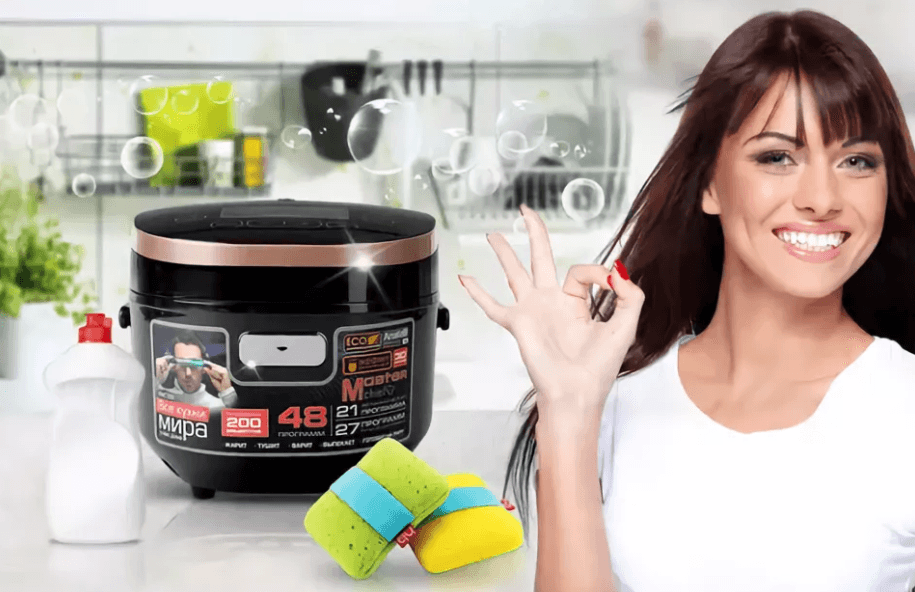
Perhaps this part of the job is the easiest. The body practically does not come into contact with fatty foods, so you don't have to wash it especially thoroughly. Even if grease drips onto the plastic, it is fairly easy to remove without using detergents.
So how do you clean the outside of your multicooker? It is best to use napkins for this - fabric or microfiber. Wipe down gently, paying particular attention to the areas at the top, where grease most often gets into. The main thing is not to use hard brushes and sponges.
The ease of cleaning is compensated by regularity. It is advisable to wipe the body every day, or at least after every cooking. The multicooker emits a lot of moisture during cooking and, in general, attracts dust to itself. And dirt and food are not the best neighbors.
Conclusion
We hope our tips have helped you figure out how to clean the multicooker from grease inside and out, what materials to use and how to increase the service life of expensive household appliances, which you simply cannot do without in the kitchen. Remember that proper use and timely care will extend the life of your home appliances, thus saving your family budget.

